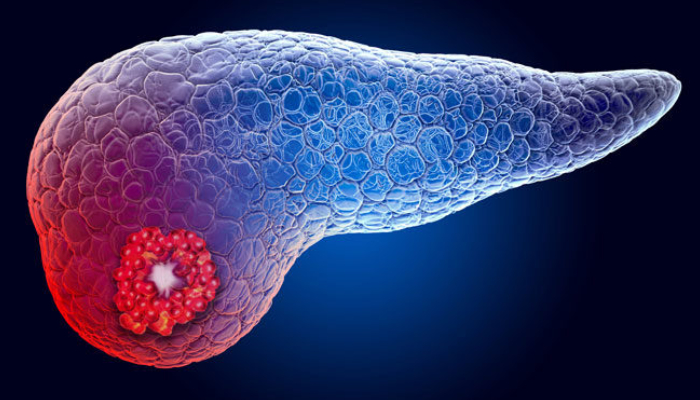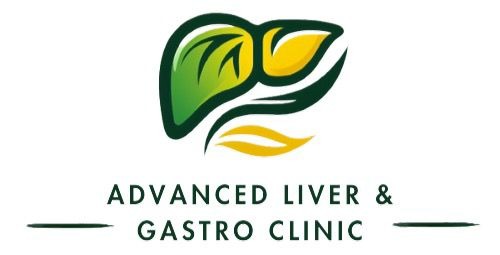Overview
Pancreatic cysts are fluid-filled sacs that develop on or within the pancreas, a vital organ located behind the stomach responsible for producing hormones and digestive enzymes. These cysts are often detected incidentally during imaging tests conducted for other medical conditions.
Pancreatic cysts are categorized into two main groups:
✔ Nonneoplastic cysts – Includes pseudocysts and serous cystadenomas, which are typically benign and rarely cause complications.
✔ Neoplastic cysts – Includes mucinous cystic neoplasms (MCN) and other cystic tumors, which may have malignant potential and require monitoring or intervention.
While many pancreatic cysts remain harmless and asymptomatic, some may develop into cancer or cause discomfort. If you have been diagnosed with a pancreatic cyst, consult Dr. Ujwal Zambare, the Best Gastroenterologist & Pancreatic Disease Surgeon in Wakad, PCMC, Pune, for expert evaluation and personalized treatment.

Causes
The cause of most pancreatic cysts is unknown. Some cysts are associated with rare illnesses, including polycystic kidney disease or von Hippel-Lindau disease, a genetic disorder that can affect the pancreas and other organs.
Pseudocysts often follow a bout of a painful condition in which digestive enzymes become prematurely active and irritate the pancreas (pancreatitis). Pseudocysts can also result from injury to the abdomen, such as from a car accident.
Symptoms
You may not have symptoms from pancreatic cysts, which are often found when imaging tests of the abdomen are done for another reason.
- Persistent abdominal pain, which may radiate to your back
- Nausea and vomiting
- Weight loss
- Feeling full soon after you start eating
How Are Pancreatic Cysts and Pseudocysts Treated?
Most pseudocysts resolve on their own without treatment, over time. However, when symptoms become persistent, complications emerge or a cyst become larger than 6 centimeters in size, it should be drained.
- Endoscopic drainage.
- Percutaneous catheter drainage, which uses hollow tube inserted into the body to remove fluid.
- Surgical drainage, either via open surgery or laparoscopic surgery (using a laparoscope, a surgical tool that only requires a small incision).
Prevention
The best way to avoid pseudocysts is to avoid pancreatitis, which is usually caused by gallstones or heavy alcohol use. If gallstones are triggering pancreatitis, you may need to have your gallbladder removed. If your pancreatitis is due to alcohol use, not drinking can reduce your risk.
Request A Call Back:
Dr. Ujwal Zambare at True Life Clinic & Wellness Center Wakad, provides expert care for pancreatic cysts, offering advanced diagnosis and personalized treatment options. Pancreatic cysts are fluid-filled sacs that form in or on the pancreas. While many are benign, some may become cancerous over time. If you experience symptoms like abdominal pain, nausea, or digestive issues, don’t wait—consult the best Gastroenterologist & Pancreatic Specialist in Wakad, PCMC, Pune for expert evaluation and care. 📞 For appointments and more information, call: 098159 94279.
